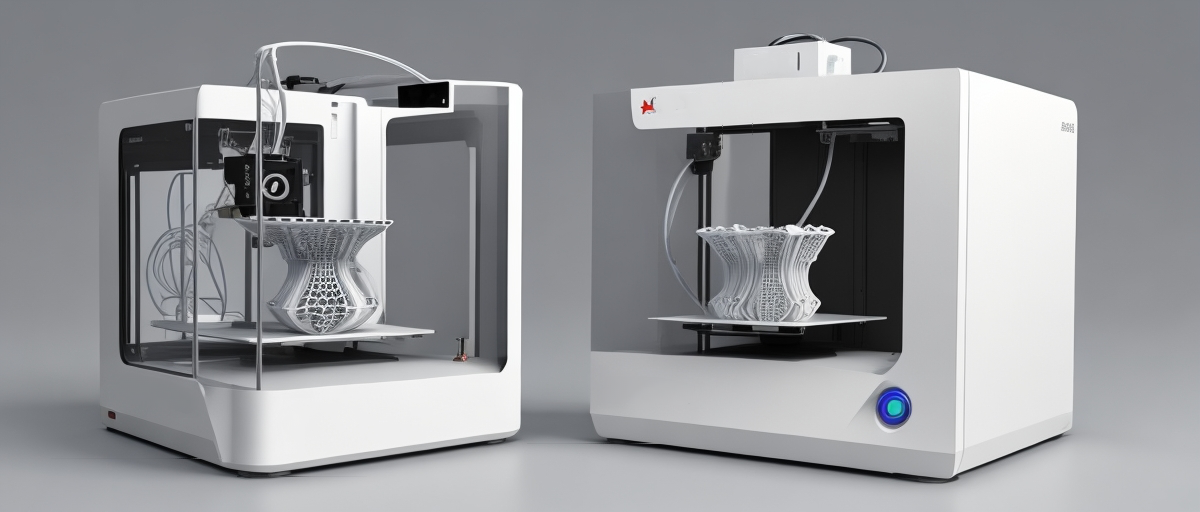The synergy between 3D printing and drone technology is driving innovation in both fields by exploiting the strengths of additive manufacturing to meet the specific needs of drone design. The ability to fine-tune and produce parts with a high degree of customization facilitates the creation of drones that are tailored for diverse applications, from hobbyist…
Uncategorized
The Integration of 3D Printing in Military Applications
In recent years, 3D printing has transcended the boundaries of hobbyists and entered the robust terrain of military applications. It’s a burgeoning frontier that promises to revolutionize how the armed forces design, produce, and procure everything from spare parts to potentially entire weapons systems. Redefining Logistics and Supply Chains Picture a supply chain unfazed by…
Urban Planning and 3D Printing
The Foundations of 3D Printing in Urban Planning 3D printing takes conceptual sketches and digital renderings from the virtual into the tangible, providing urban planners and architects with a powerful tool for envisioning the future of cities. With the precision of 3D printing, urban models can be elaborated down to the minutest detail, from the…
3D Printing in Dentistry
Dental specialists now utilize advanced 3D printing technologies such as Stereolithography (SLA), which harnesses UV light to cure liquid resin into solid objects with intricate details. SLA is particularly favored for producing finely-detailed dental models, clear aligners, and retainers. Selective Laser Sintering (SLS), employs a high-power laser to fuse small particles of polymer powder, enabling…
Advancements in Full-color 3D Printing
Full-color 3D printing marks a leap from the traditional monochromatic printing methods that laid the foundation of the 3D printing industry. Full-color 3D printing it’s about bringing to life a digital model with the full spectrum of color one would expect to see in the real world. This exciting capability enables the creation of objects…
Microscale and Nanoscale 3D Printing
Groundbreaking techniques required an acute understanding of material behavior at diminutive scales—a venture that sought expertise from the vastly different worlds of micromachining and nanotechnology. This knowledge translated into new approaches that function beyond mere line-of-sight fabrication processes. One such example of innovation is the technology known as two-photon polymerization (2PP). 2PP operates on the…
How Size Impacts 3D Printer Functionality
Build volume serves as a key metric that shapes the functionality of a printer. It is the three-dimensional space within which a printer can construct an object, typically measured in length x width x height. The size of the build volume determines the maximum dimensions of a single print, dictating both the scale and the…
Portable 3D Printers
In a world where mobility is highly valued, portable 3D printers are emerging as a beacon of innovation. These nimble machines break down the barriers of traditional additive manufacturing, bringing the power of 3D printing to virtually any location. From the classroom to the field, these compact devices are not just a novelty, they’re expanding…
Autonomous 3D Printing and Next Generation of ‘Smart’ Printers
Autonomous 3D printing represents a leap from its predecessors in the additive manufacturing domain. Unlike manual or semi-automated printers that require human oversight for tasks like calibration or the changing of materials, autonomous printers boast self-sufficient systems capable of adapting in real-time. These machines adjust parameters, detect and address errors, and manage materials autonomously, even…
3D Printing in Robotics
The introduction of 3D printing to the field of robotics has been nothing short of revolutionary, particularly in the area of prototyping. This transformation is deeply rooted in the unique capabilities that 3D printing brings to the table, fundamentally changing the way robotic prototypes are developed. Before the advent of 3D printing, creating a prototype…

